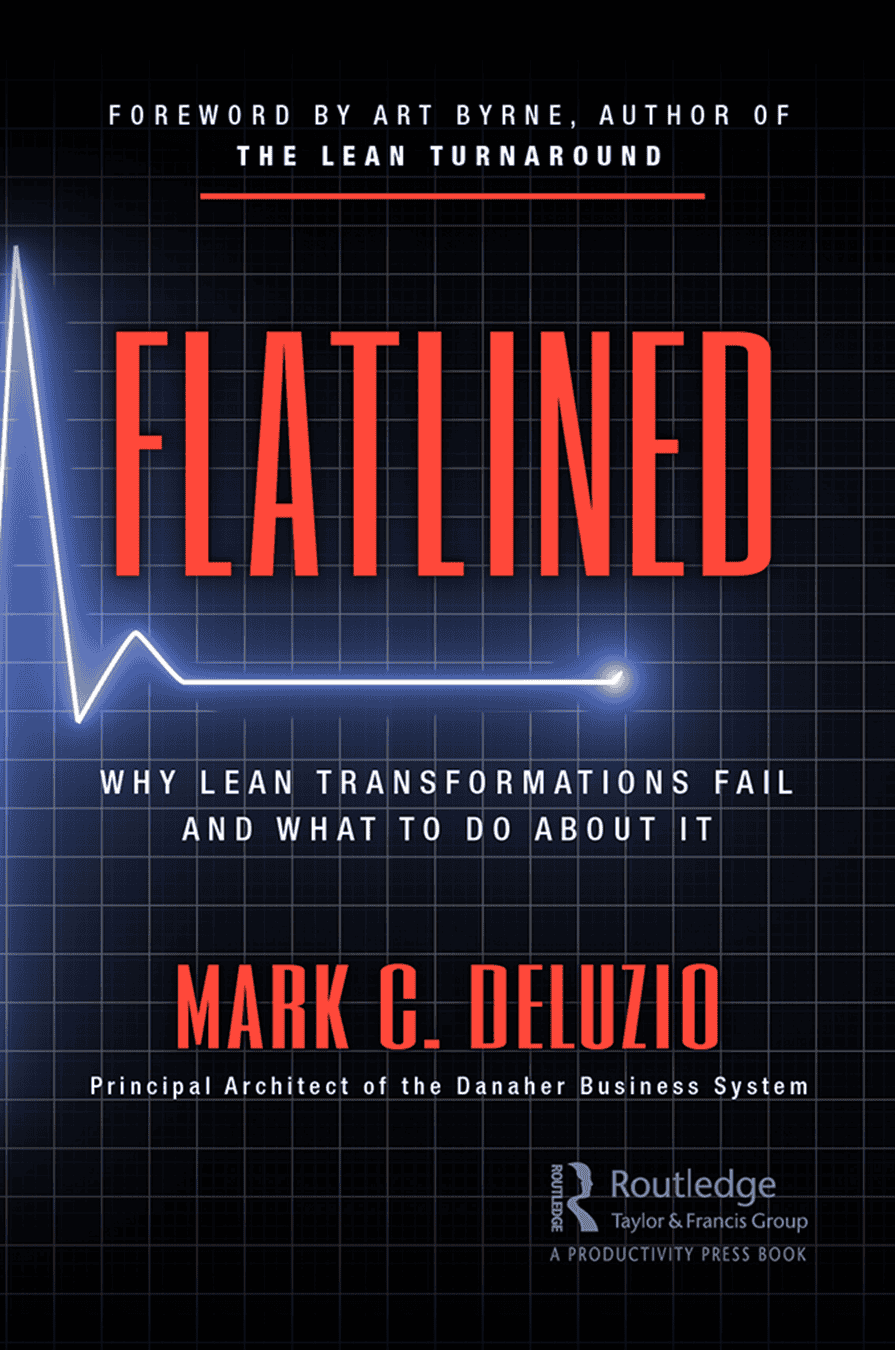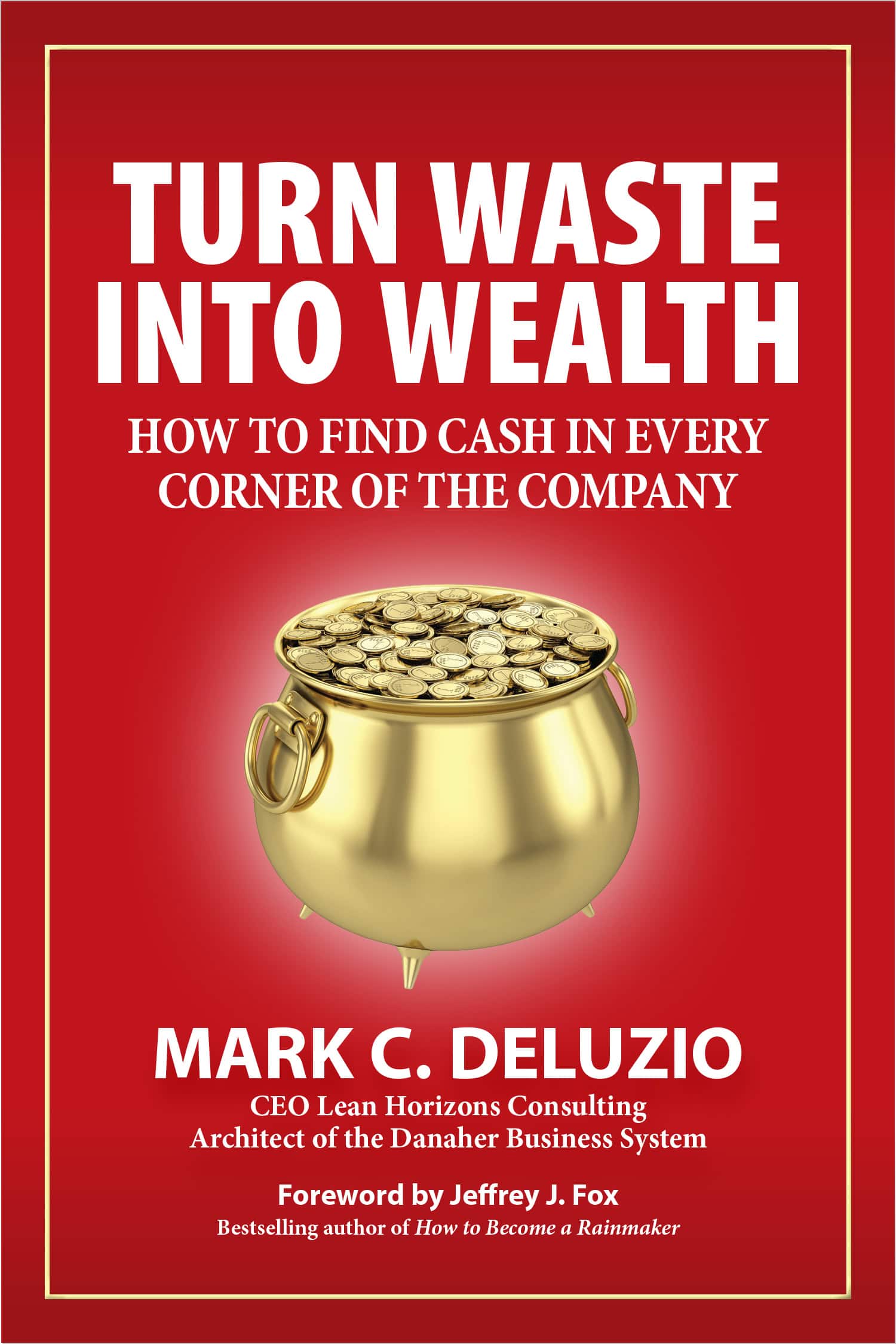Lean culture represents a fundamental shift in how organizations think, operate, and improve. At its core, it’s about creating an environment where every employee is engaged in identifying and eliminating waste, continuously improving processes, and delivering maximum value to customers. Mark DeLuzio, President and CEO of Lean Horizons Consulting and principal architect of the Danaher Business System, has spent decades helping organizations cultivate this powerful mindset. Art Byrne, former CEO of The Wiremold Company and a key figure in Danaher’s Lean transformation, complements Mark’s experience in leading cultural change from the top.
This article explores the essential elements of Lean culture, including leadership commitment, employee empowerment, process focus, and relentless pursuit of improvement. It examines how these principles work together to create more efficient, responsive, and competitive organizations.
Keep reading to understand the challenges of building a Lean culture and its transformative impact on an organization’s performance and long-term success.
The Essence of Lean Culture
Lean culture goes beyond implementing tools or methodologies. It’s about creating “the way we do things,” as Art describes. This shared mindset permeates every level of the organization, from the shop floor to management. The power of this cultural shift is evident in Art’s observation: “If you can get yourself to where you have a Lean culture, you’re going to be almost impossible to beat.”
Leadership: The Cornerstone of Lean Transformation
Leadership plays a critical role in building a Lean culture. “Lean has to be led. You can’t manage Lean. You can’t delegate it. It has to be led,” Art emphasizes. This approach requires top-down commitment and active involvement in the Lean journey.
Leaders must also commit to becoming Lean experts themselves. Art explains, “The Lean leader has to commit to becoming a Lean expert because if you don’t, how are you going to challenge your organization for what’s possible if you don’t know what’s possible yourself?” This commitment to learning sets the tone for the entire organization.
Organizational Structure and Employee Empowerment
Organizations often need to restructure when implementing a Lean culture. Both Mark and Art advocate for moving from traditional functional structures to value stream-based organizations. This approach aligns processes and people around delivering customer value.
Mark emphasizes the importance of empowering employees within these value streams: “When you give the value stream leader everything possible to satisfy the customer, with quality and everything else, they don’t have to vie for somebody else’s services.” This empowerment extends to problem-solving and improvement efforts.
Art reinforces this point: “The people who do the work know what the problems are. They’re going to have the best solutions to those problems. It’s just that no one’s ever listened to them before.” Tapping into this knowledge drives continuous improvement from within.
Setting Ambitious Goals and Focusing on Processes
Lean culture involves setting ambitious, stretch goals. Art notes, “You want to change the mindset. And changing the mindset doesn’t happen if you just set incremental goals.” These challenging targets push the organization to think differently and innovate, core components of continuous improvement.
However, focusing on the processes to achieve these goals is crucial, rather than fixating on results alone. Mark succinctly puts it, “Focus on processes, not results. Processes will get you the results.” He elaborates with an analogy: “So many companies today focus on the results. And that’s like looking at the bathroom scale to try to lose weight without focusing on things like calories.”
Continuous Improvement and Kaizen
At the heart of Lean culture is continuous improvement, often implemented through Kaizen events. Art advocates for regular Kaizen activities: “When you’re on a Kaizen, we’re asking you for your ideas, you’re participating, that’s a whole different world. That’s a different place. It’s a different way of doing things.”
These events not only drive improvements but also engage employees and reinforce the importance of Lean culture. Company leadership should never assume employees will be resistant to change, as they often will surprise you and light up at the opportunity to contribute their ideas during Kaizen events and throughout a Lean transformation.
Respect for People and Employee Development
Respect for all employees, regardless of position, is foundational in Lean culture. Art emphasizes, “I want you to be respected by your contribution, not by your uniform or what you wear. You’re going to be respected by what you contribute to this whole organization.”
This respect extends to investing in employee development and sharing improvement gains.
Art outlines three key management responsibilities:
- Protect their jobs, make sure they don’t lose their job.
- Increase their skill. Give them more opportunity to gain more skills so they have more value if they ever wind up on the outside.
- Give them a chance to share in the gains that they are going to help create.
Overcoming Challenges in Cultural Change
Transforming organizational culture is challenging. It requires persistence, patience, and sometimes difficult decisions. Art acknowledges, “People drive everything. People are different and can be difficult to deal with. But if you can get them engaged in something and working on something as a team, you want the team to win. It’s just human nature.”
This team mentality is essential for overcoming resistance and driving organizational change. It’s about creating an environment where everyone is invested in the company’s success and understands their important role in achieving it.
The Ongoing Journey of Lean Culture Transformation
Creating a Lean culture is an ongoing learning and improvement journey. Organizations can build a Lean culture that drives sustainable success by focusing on leadership, employee empowerment, continuous improvement, respect for people, and customer focus. As Art succinctly states, “Lean is all about people. That’s what you’re trying to change is the people.”
The path to a true Lean culture is ongoing, but the benefits are transformative. As you consider your organization’s journey, remember that expert guidance can make a significant difference.
At Lean Horizons Consulting, we’ve helped numerous industries and organizations navigate the challenges of cultural transformation. Our approach, grounded in decades of experience, can help you apply these Lean principles effectively in your unique context. Learn more about what’s possible by visiting our website and contact us to see how our experienced team can guide and support you through your Lean transformation.

